
Tartaric Acid Benefits, Uses, Dosage, Risk and Side Effects General Health Magazine
Within the great world of exfoliating acids, a couple of key gamers are inclined to get all the celebrity and glory—like salicylic, glycolic, and lactic.
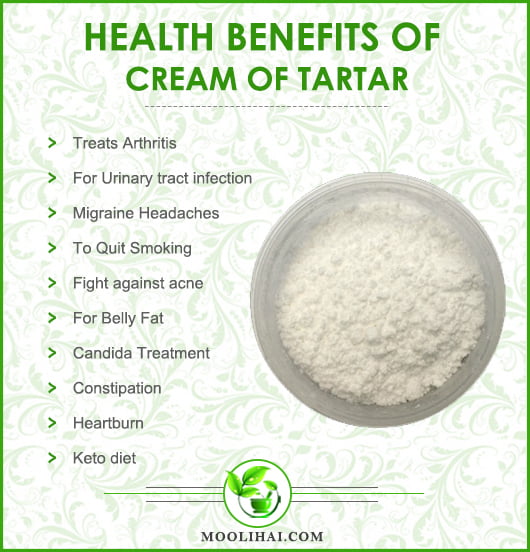
Impressive Health Benefits & Uses of Cream of Tartar
Potential benefits of hyaluronic acid include: Hydrates skin. Hyaluronic acid can hold up to 1,000 times its weight in water, making it highly effective at keeping skin hydrated. Reduces signs of.

Tamarind has long been used in medicine. This tartsweet spice is packed with tartaric acid
In this article: What is Tartaric Acid? Benefits of Tartaric Acid for Skincare How to Use Tartaric Acid in Skincare Possible skin irritation: Avoiding sensitive areas: Consulting with a dermatologist: Remember, everyone's skin is unique: Products Containing Tartaric Acid: A Comprehensive Guide Additional Considerations Summary
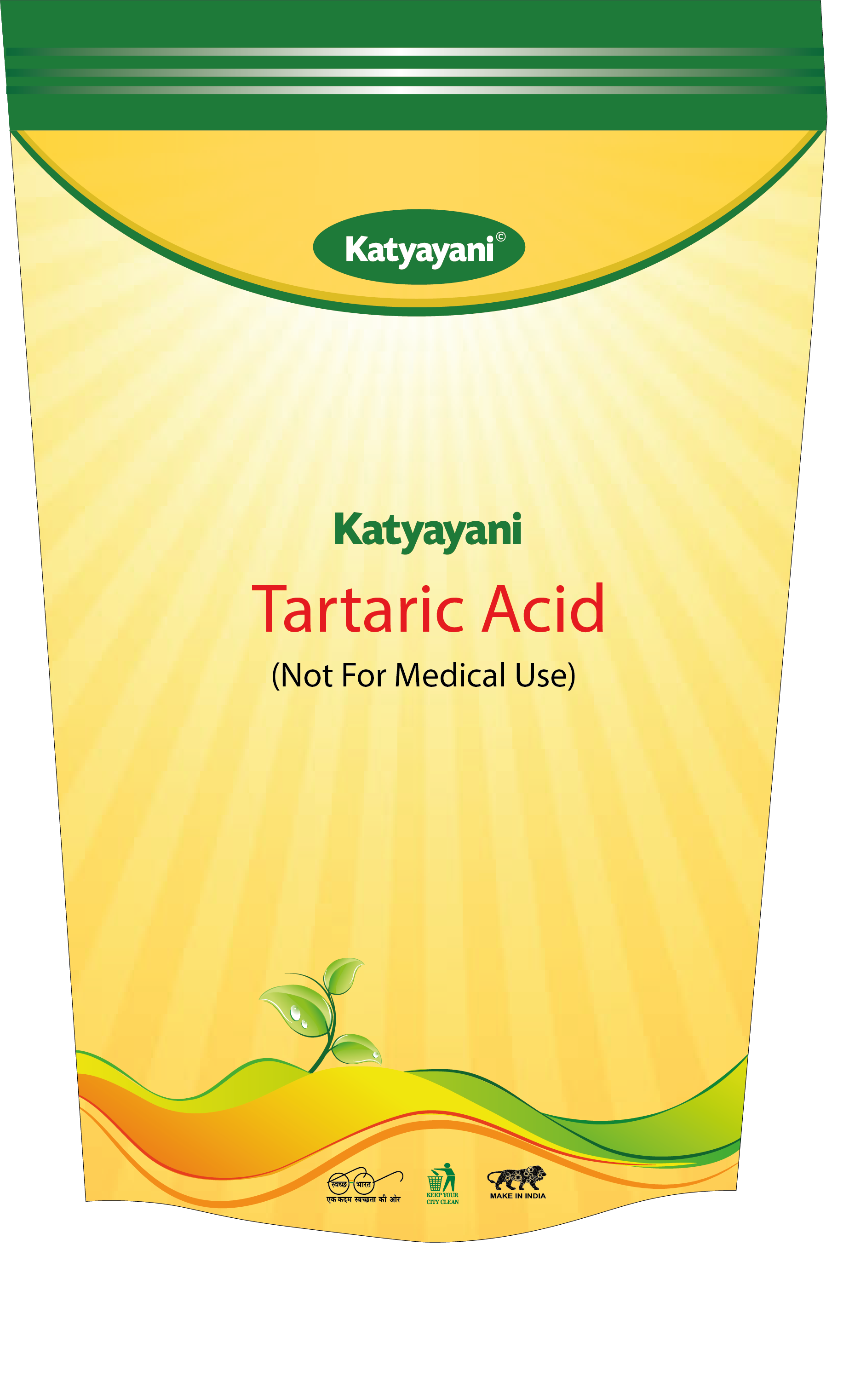
Tartaric Acid Katyayani Organics
Tartaric Acid Benefits Exfoliation. Tartaric acid has many skin benefits. Like all alpha hydroxy acids, it is a great, gentle exfoliator. This means that when applied to the skin, the AHA, in this case, tartaric acid, will cause the dead skin cells on the outermost surface of your skin, also known as the stratum corneum, to come "unglued.

Pin on Market Research Engine
It may provide some health benefits such as relieving migraine or helping quit smoking. 1 tsp (3 g) has only 8 calories. This article reviews some popular claims surrounding cream of tartar's.

Tartaric acid
Because tartaric acid is an AHA, its biggest benefit is its ability to melt away dead skin cells. "By removing the top layer of dead skin cells through chemical exfoliation, tartaric.

Tartaric acid. 10 Covers Photos
This helps to unclog pores, reduce the appearance of fine lines and wrinkles, and improve overall skin texture. In addition to its exfoliating properties, tartaric acid also has brightening properties. It helps to even out skin tone by reducing the appearance of dark spots and hyperpigmentation.
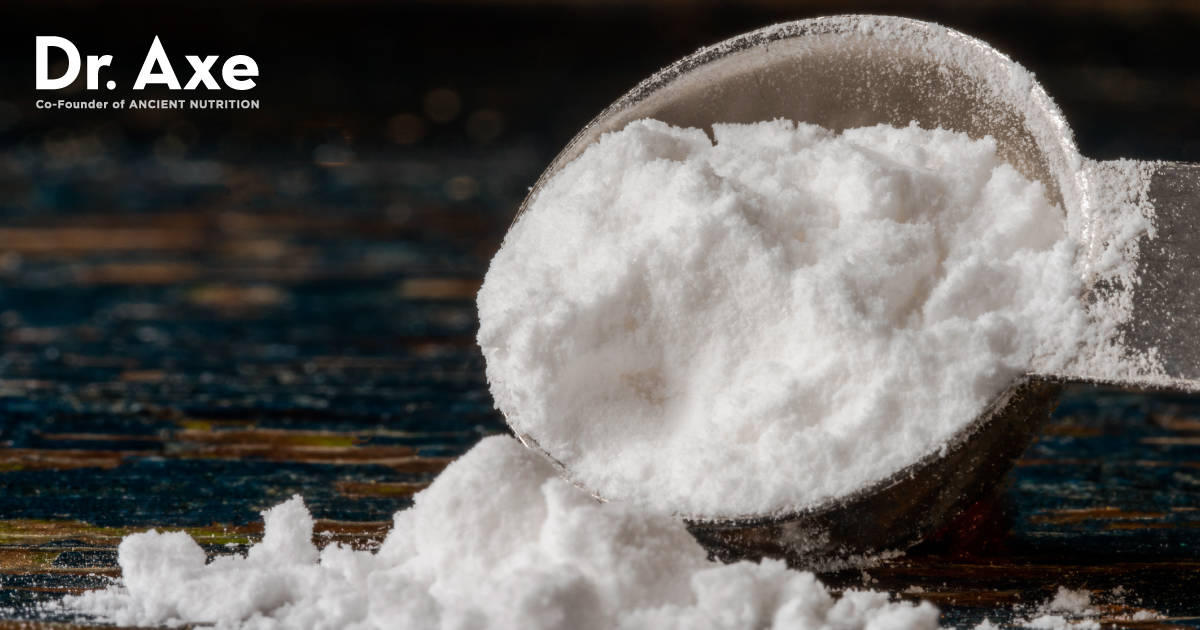
Tartaric Acid Benefits, Uses, Dosage, Risk and Side Effects Dr. Axe
Benefits: Smooths Bumpy Skin, Evens Skin Tone, Anti-Aging Categories: Exfoliant, pH Adjuster/Stabilizer Tartaric Acid at a Glance Is an alpha hydroxy acid (AHA) Is one of the chief acids in wine Has antioxidant properties Helps maintain the pH that other AHAs need to act as exfoliants Is safe as used in cosmetics Tartaric Acid Description

Your Guide to Tartaric Acid Skincare Products GirlChickBetty
Overview Tartaric acid is a type of alpha hydroxy acid (AHA). Alpha hydroxy acids are natural acids found in foods. Tartaric acid comes from grapes and wine. When inhaled, tartaric.
Robertsons Tartaric Acid Envelope 12g Baking Powder & Raising Agents Baking Food Cupboard
Tartaric acid is a naturally occurring organic acid found in various fruits, such as grapes, bananas, and tamarinds. It is commonly used in the food and beverage industry as a flavor enhancer and preservative. However, tartaric acid also offers remarkable benefits for the skin. Benefits of Tartaric Acid for the Skin

Tartaric acid. 07 Covers Photos
With keratolytic and astringent properties, tartaric acid helps promote skin cell turner, fights signs of aging — plus it even keeps skin hydrated and protected from effects of sun damage and pollution. What Is Tartaric Acid? Tartaric acid is a naturally occurring dicarboxylic acid.

Tartaric Acid And Its Uses & Benefits For Skin Misumi Luxury Beauty Care
Yeast amino acids help to stimulate the skin's cellular renewal, soothe skin, and increase oxygen flow to skin cells. It is also believed that yeast amino acids can stimulate collagen production. Since collagen is necessary in order to maintain firm, youthful skin, yeast amino acids would be a great addition to anti-aging skin care products.

Tartaric acid. 20 Covers Photos
Tartaric acid is in fact, instrumental when it comes to the smell and taste of wine - it is the very compound that gives wine its specific tartness. The other property of tartaric acid that makes it a bit different than the other AHAs, is that it changes shape when exposed to room temperature.

Chemical Testing Services in Ghaziabad, केमिकल टेस्टिंग सर्विस, गाज़ियाबाद
AHAs have been used as superficial peeling agents as well as to ameliorate the appearance of keratoses and acne in dermatology. However, caution should be exercised in relation to certain adverse reactions among patients using products with AHAs, including swelling, burning, and pruritus.
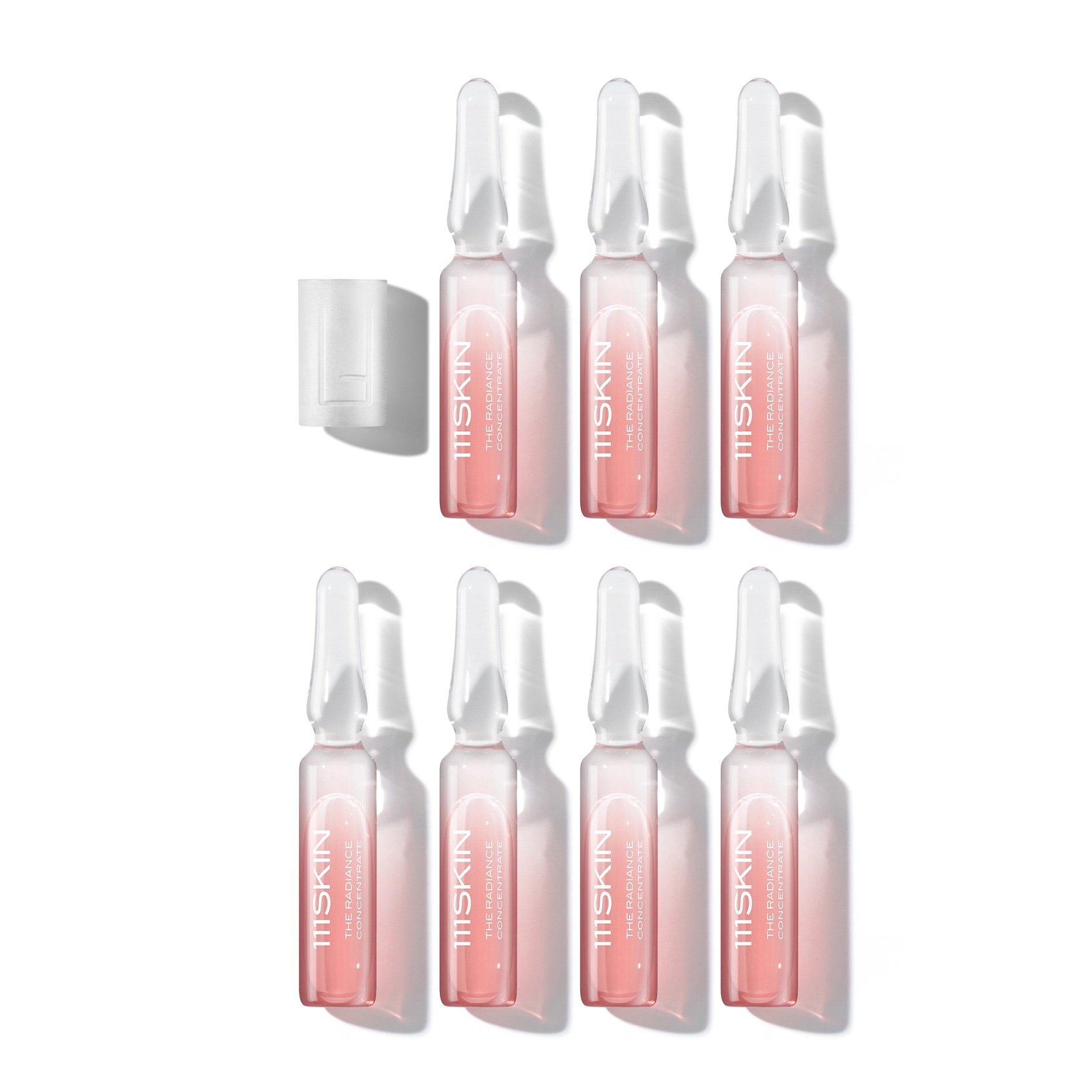
The Benefits of Tartaric Acid for Skin, According to Derms Well+Good
And while it's well-known for its overall health benefits—from boosting immunity to aiding digestion—the benefits of tartaric acid for skin make it worthy of a place in our skincare routines. Continue reading for everything you need to know about tartaric acid, and whether it's your new go-to for healthy, glowy, and bright skin.
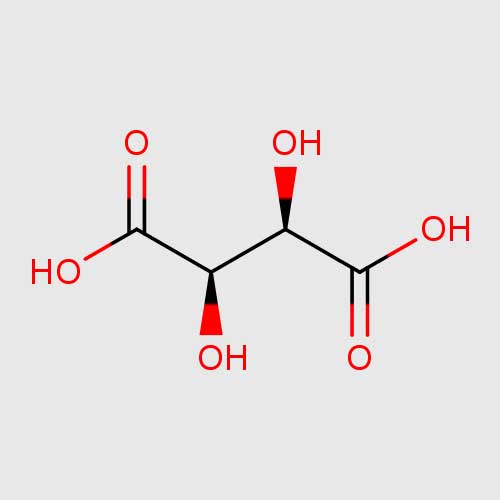
Tartaric Acid MUBY CHEMICALS
It aids digestion, boosts immunity, and improves glucose intolerance. Who Can Use It? All except people experiencing gastrointestinal infections. How Often? You can consume 30 mg per day. Caution It may trigger negative effects, such as nausea and abdominal pain in some individuals. In This Article What Is Tartaric Acid? Tartaric Acid History